Affiliate links on Android Authority may earn us a commission. Learn more.
A beginner's guide to the Xiaomi camera app: Here's what those settings and modes do
Published onDecember 8, 2022
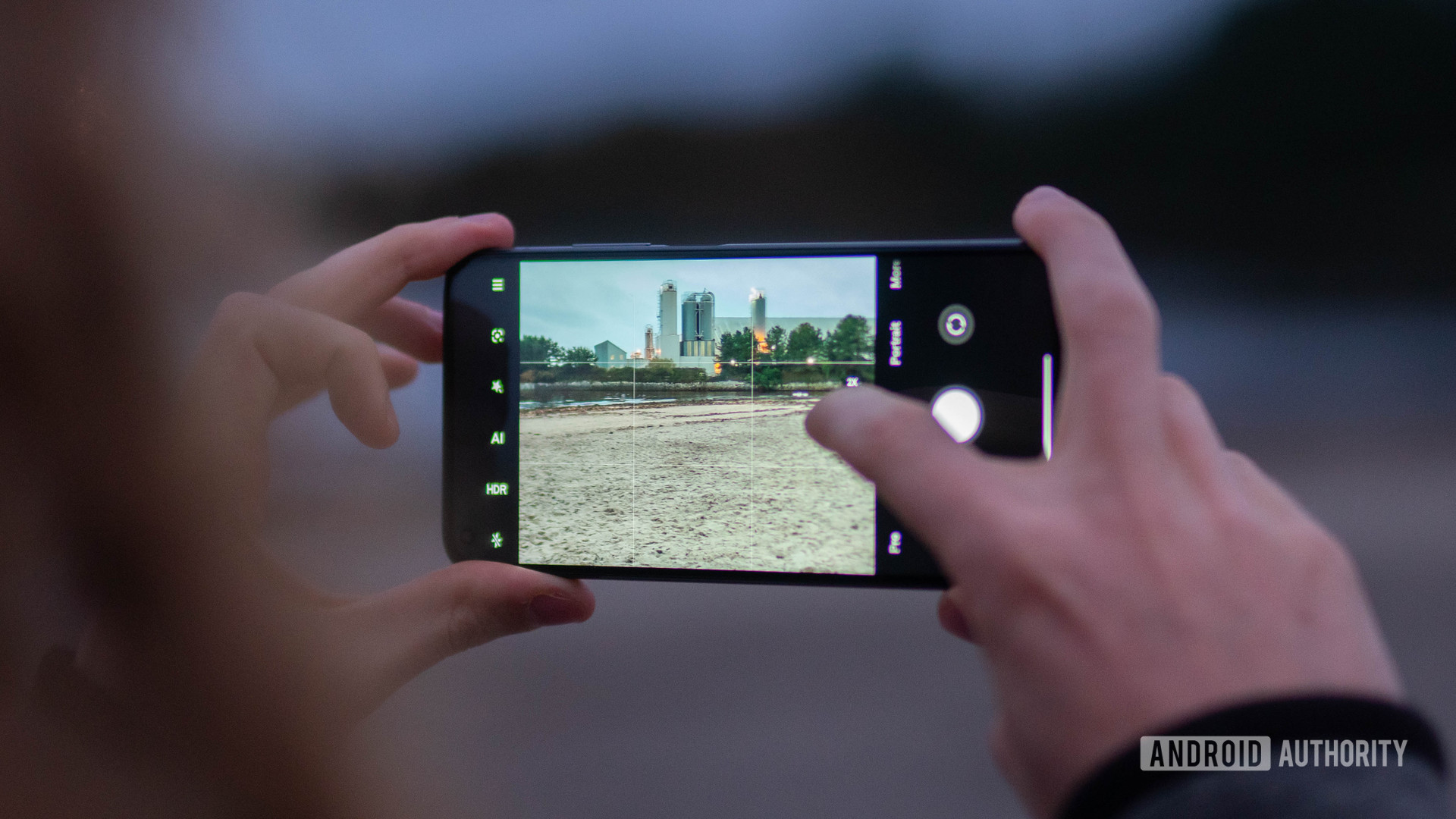
The Xiaomi camera app isn’t the worst app around, but plenty of users find its iOS-style interface a little obtuse. If you ever wondered about the app’s more advanced options, or even its basic functions, we’ve got some advice for you.
The basic viewfinder options
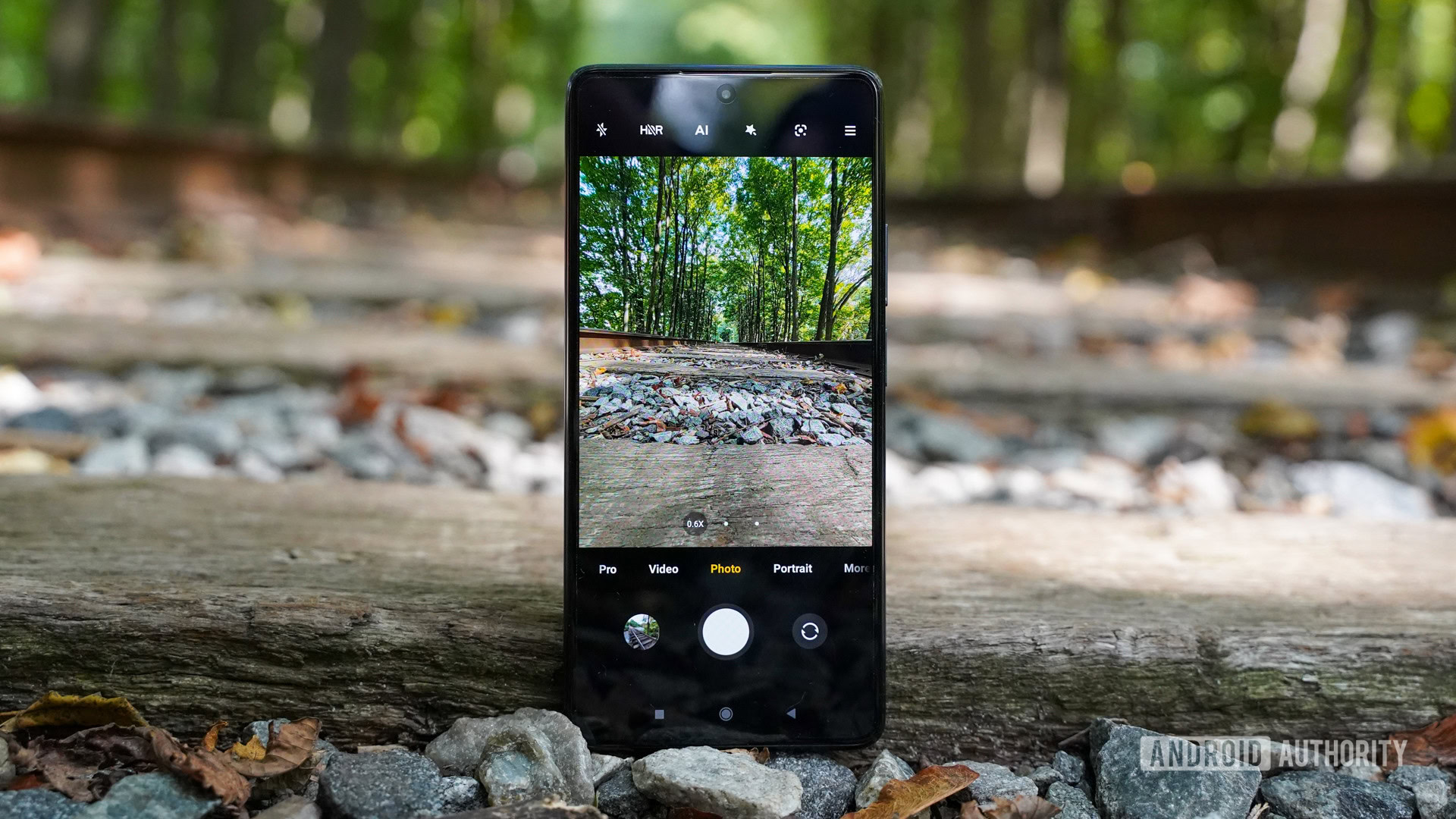
When you launch the Xiaomi camera app on most phones, you’ll be greeted by the viewfinder, with several icons dotted around the window.
The large white button at the bottom is the shutter key. The icon to the left (holding the phone in portrait) takes you to your previously taken shots. The icon with two arrows to the right of the shutter button lets you switch between the selfie camera and rear shooters.
Just above those main buttons sits a carousel of modes, namely pro, video, portrait, and more. You can either swipe across these options to switch between them or tap on the relevant mode you’d like to enter.
More Xiaomi coverage: Everything you need to know about Xiaomi’s MIUI skin
You’ll find the controls to switch zoom levels right above this carousel of modes. Your main or 1x camera is the middle dot (represented by “1x” when active), while tapping the left dot will activate the ultrawide camera and the right dot will give you a zoom option. Phones without dedicated telephoto zoom cameras default to a 2x digital crop from the main camera.
Finally, you’ve got six icons at the top of the camera app. From left to right, these icons are for the camera flash, HDR toggle, AI mode, beautification/filters, Google Lens, and an overflow settings menu. This overflow menu lets you change the aspect ratio in photos, video resolution, set a timer, toggle macro mode, enable tilt-shift mode, activate the grid in the viewfinder, and more.
Digging into the various modes
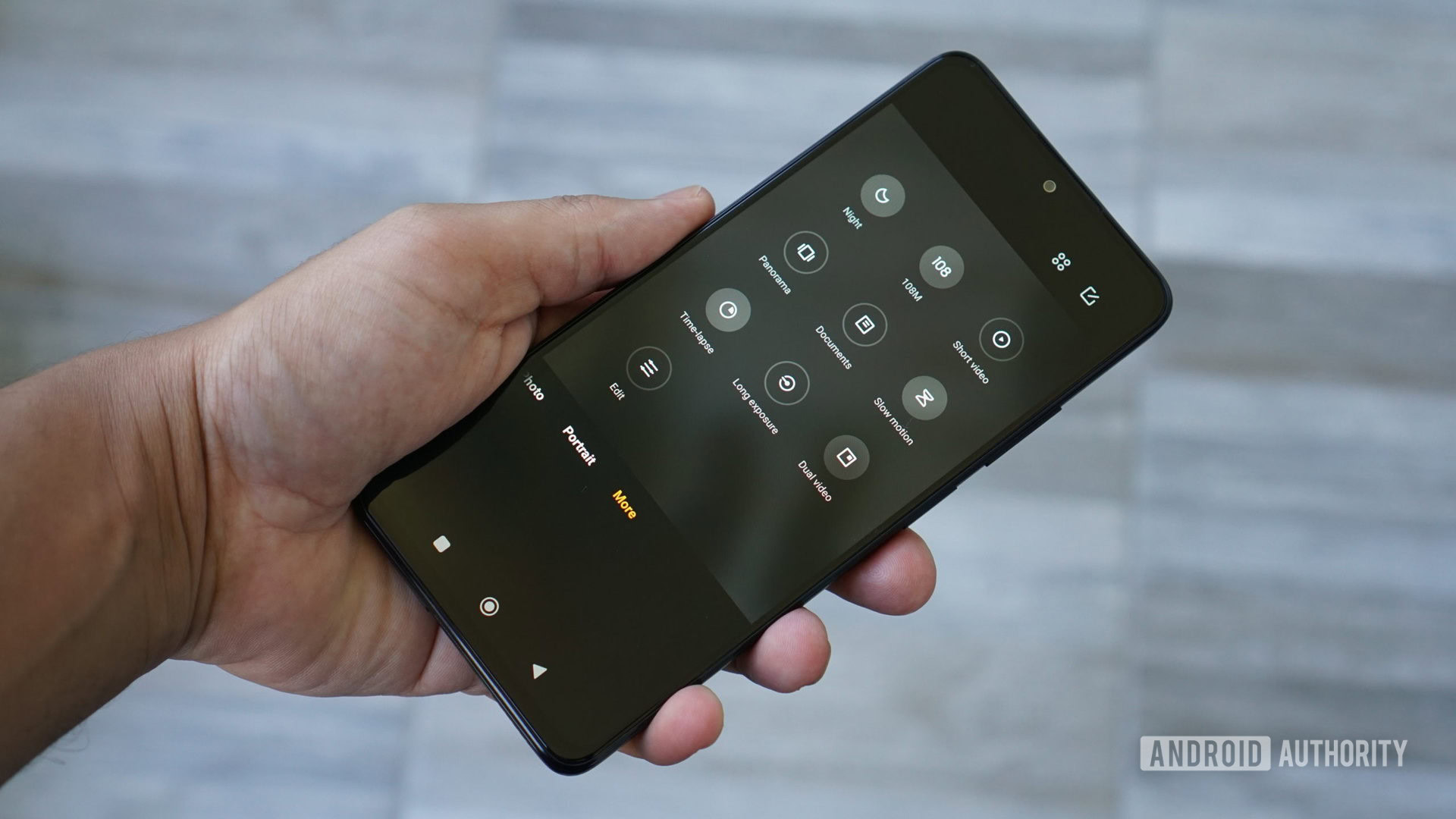
Tapping the “more” button in the mode carousel will bring up a list of all the Xiaomi camera modes. You might need to hop in here if you want to take panorama shots, long exposure snaps, and more.
Many Xiaomi phones have these modes:
- 48MP/50MP/64MP/108MP/200MP: You can shoot a picture in full-resolution with the main camera via this mode. Your phone needs to have a 48MP/50MP/64MP/108MP/200MP main camera.
- Documents: Switch to this mode if you want to scan a document. The mode also gives you options like black-and-white scanning and watermarks.
- Dual-video: This lets you record simultaneous video via both the front and back cameras.
- Long exposure: Xiaomi also includes a long exposure option on some phones which actually houses several modes within it. These modes include astrophotography, neon trails, moving crowds, oil painting, light painting, and starry trails.
- Night: This mode allows you to take better low-light images by combining multiple short exposures to reduce noise and improve brightness.
- Panorama: This is handy if you’re taking shots of landscapes or the city.
- Short video: Activate this mode to record short clips, letting you add background music, change the speed, and more.
- Slow motion: This lets you film a slow-motion video. Slow-mo speed and quality varies by smartphone.
- Time-lapse: Activate this mode and you can film a time-lapse video. You can also adjust the speed of the effect and a duration for the recording.
More expensive Xiaomi phones usually have a few more modes, too:
- Clone mode: This is a suite of options to create clone effects, such as making duplicate instances of your subject in the same frame.
- Movie effects: This is a suite of several movie effect modes, such as Magic Zoom (Hitchcock zoom) and night timelapse.
- Multicam: This feature lets you simultaneously shoot photos or video with several cameras.
- Supermoon: Want to take a photo of the moon? Then you’ll need to switch to this mode first.
What other settings are available?
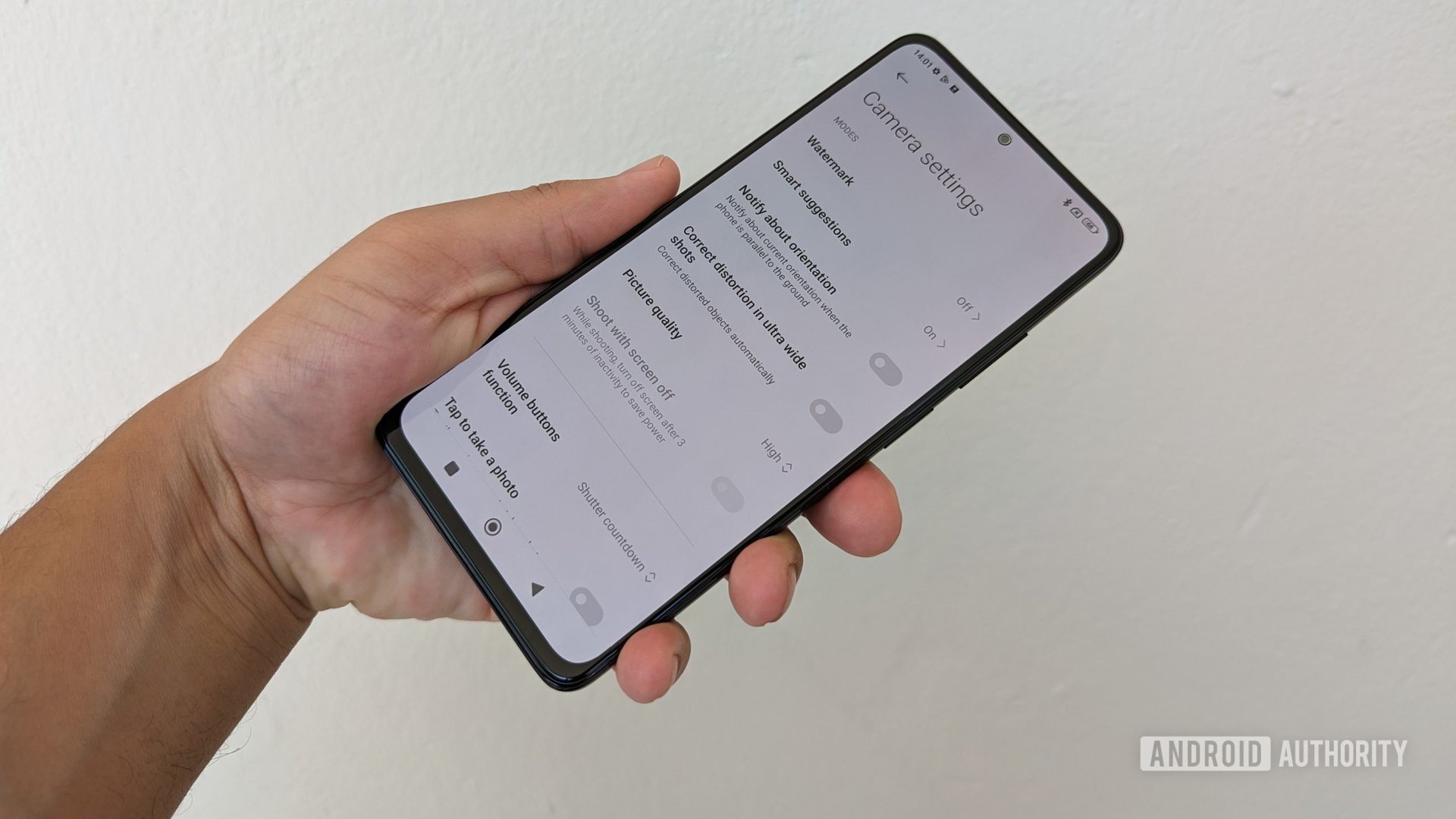
Tap the settings icon in the overflow settings menu to visit the camera settings menu. This will present you with a slew of options, with the most notable ones being a watermark toggle, automatic detection for QR codes/documents, a toggle to fix distortion in ultrawide shots, and a picture quality option.
Other options here include changing what the volume button does when pressed (e.g. shutter, zoom, or a shutter countdown), a toggle to save location info, and more.
A few handy tips
Locking exposure
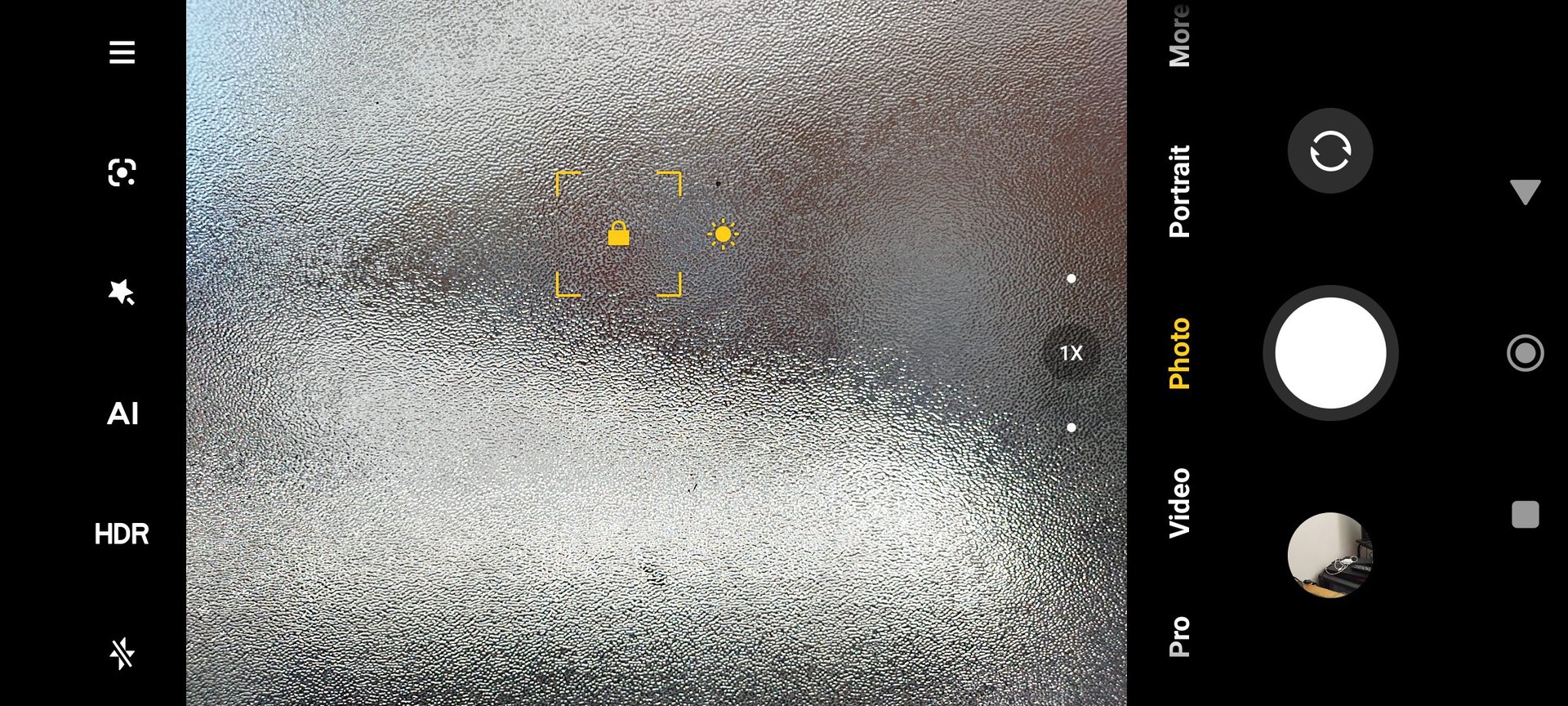
Ever tried taking photos of a scene or subject but the exposure somehow changed between focusing and actually tapping the shutter? Well, Xiaomi’s camera app offers one solution.
You can tap on the subject in the viewfinder to focus and then keep holding down to lock the exposure too. This way, the camera app won’t adjust the exposure for that particular snap.
Take photos while recording video
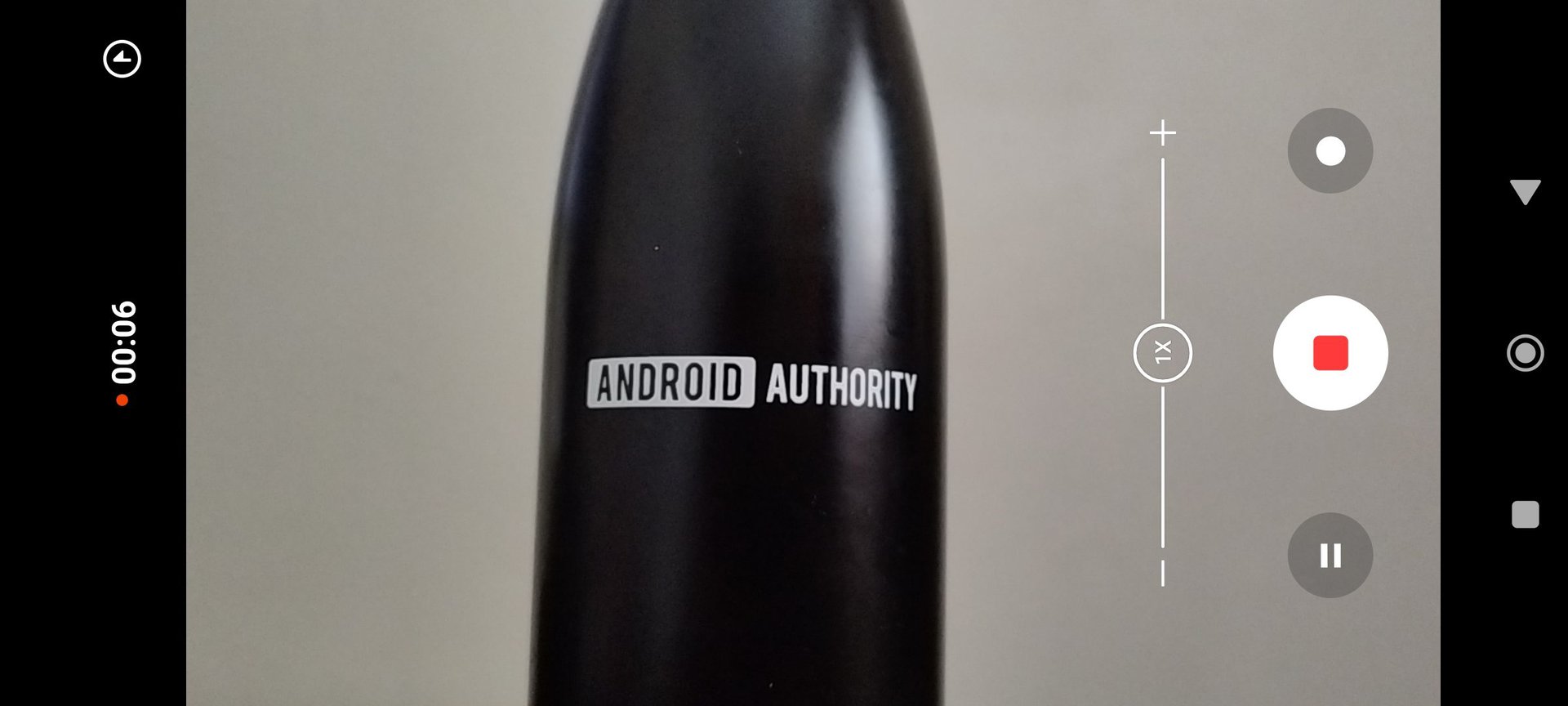
Many phones can take shots while recording a clip, and it’s pretty easy in the Xiaomi camera app. Simply start recording, then tap the circular icon next to the “stop” button. The photo won’t be high-resolution at all — it’s more like a screengrab — but it’s still a useful trick and shows you don’t necessarily have to choose between video or photo.
Use focus peaking and exposure verification
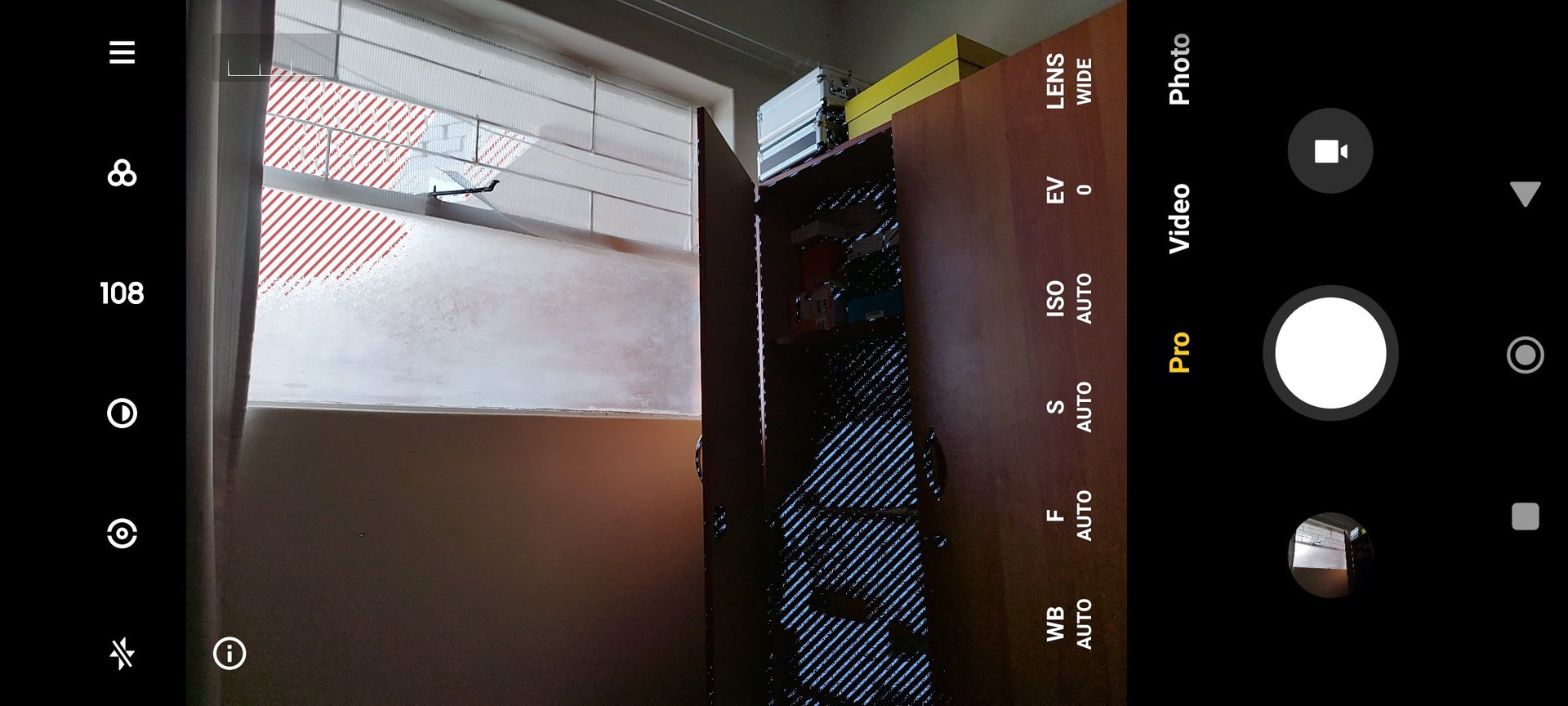
Xiaomi’s standard photo mode should be just fine for 99% of people, and it’s pretty reliable. But the Pro mode also hosts a couple of features you might find useful, namely exposure verification and focus peaking (found via the hamburger/overflow settings menu).
The former displays zebra-like patterns in the viewfinder for areas of the scene that are either under- or over-exposed. Meanwhile, the latter feature highlights focused areas of the scene in red. You can’t use these tools at the same time, but they’re still handy if you want an idea of what the photo will look like before you hit the shutter button.
That’s pretty much all there is to the Xiaomi camera app. Let us know in the comments if you’ve got any more tips and tricks to share!